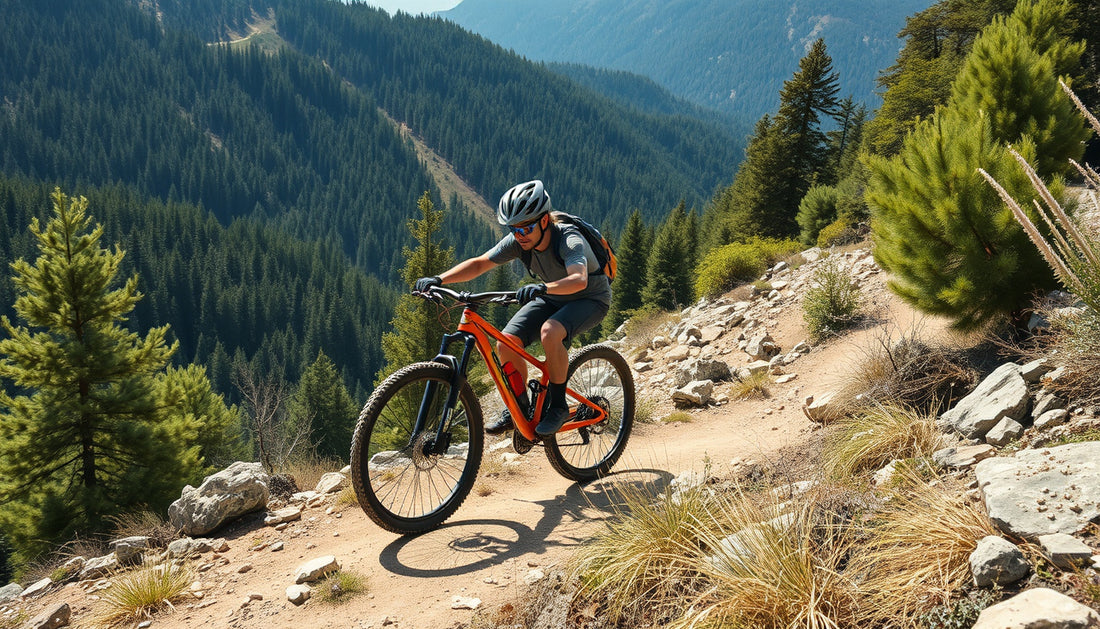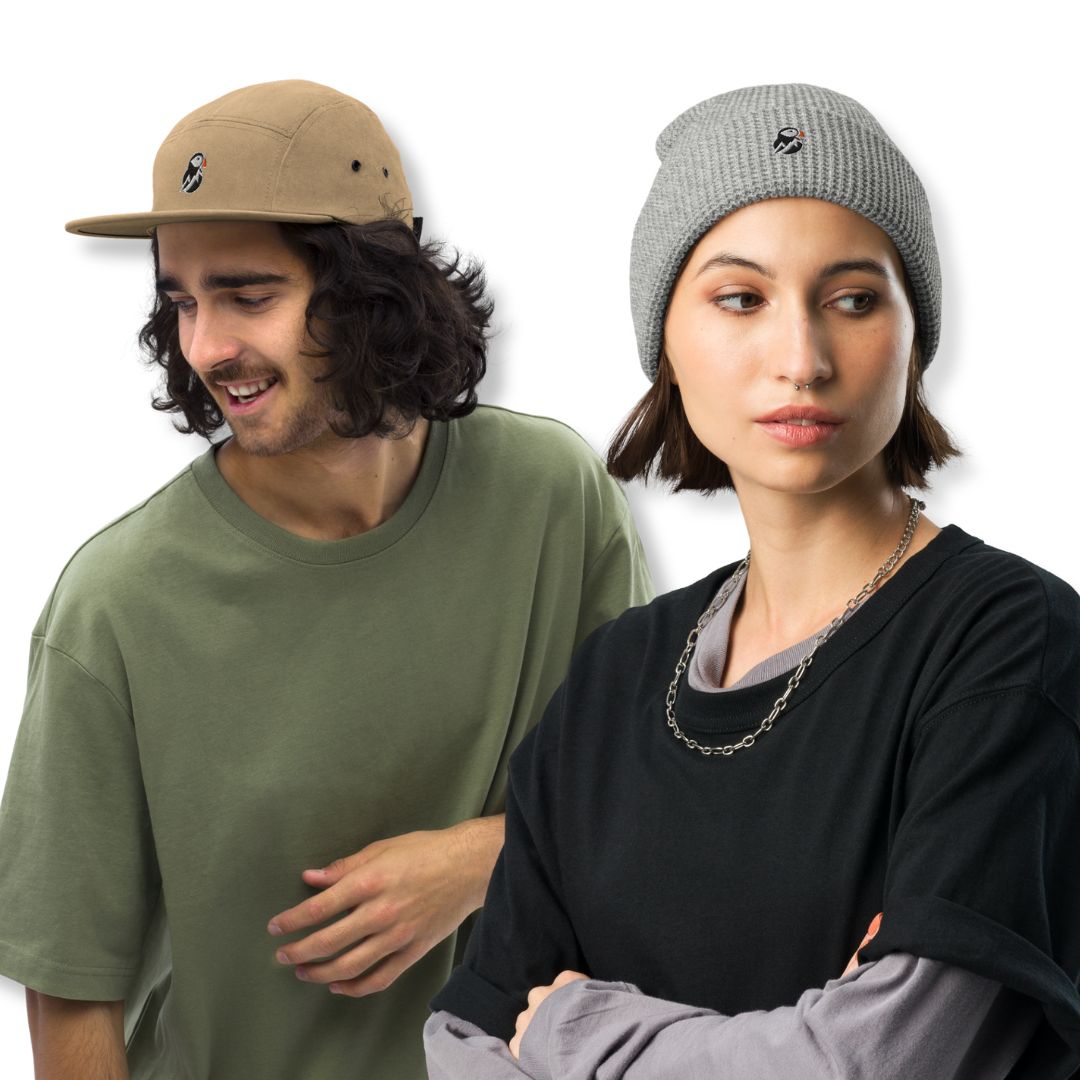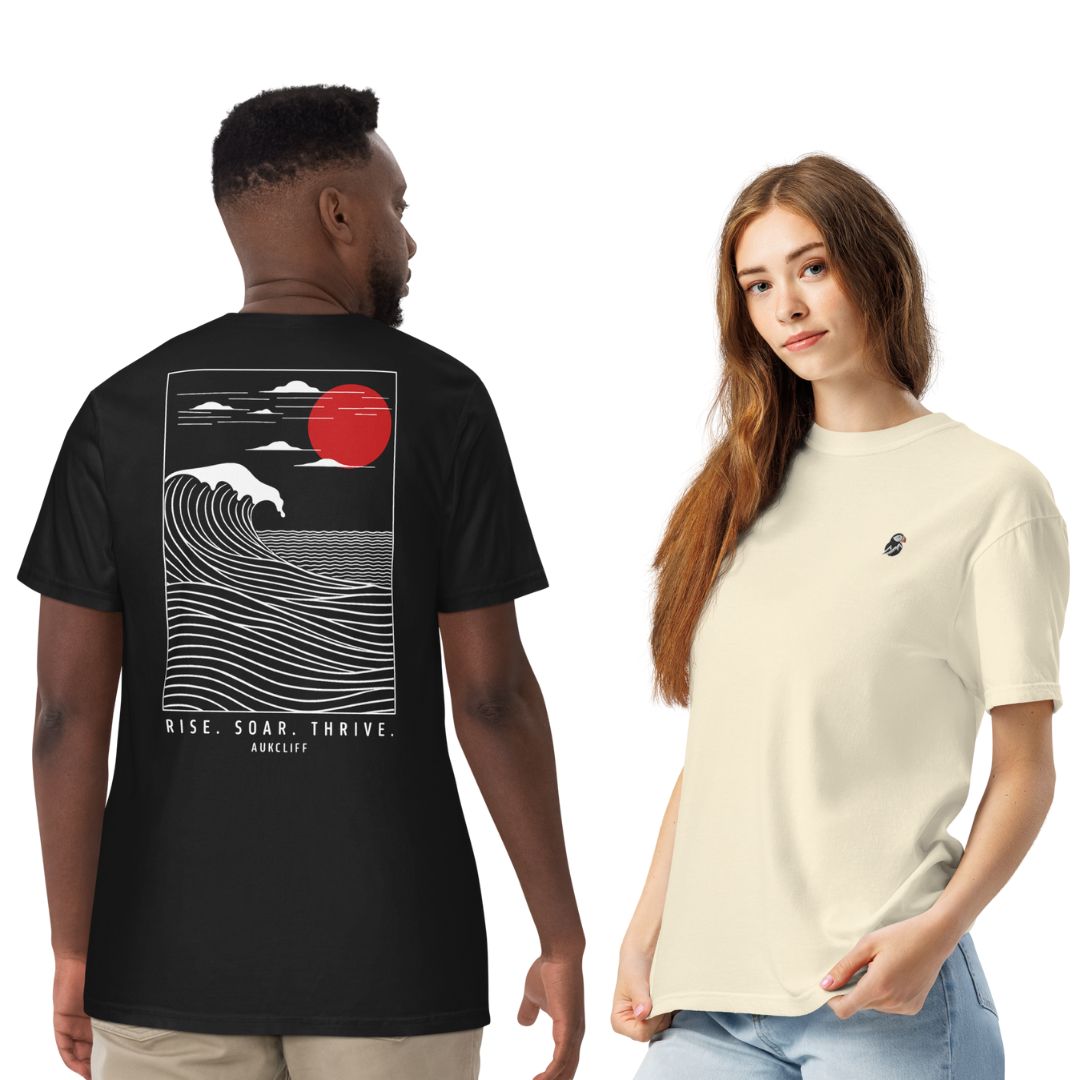
Conquer the Trails: A Comprehensive Guide to Testing Mountain Bikes for Performance and Comfort
Share

Mountain biking is more than just a hobby; it’s an exhilarating way to connect with nature, challenge your limits, and explore rugged terrains. However, selecting the right mountain bike is crucial to truly conquer the trails with confidence and enjoyment. How do you ensure a bike meets your performance needs and offers the comfort necessary for long rides? This comprehensive guide will walk you through the essential steps and considerations when testing mountain bikes, empowering you to make an informed choice.
Understanding the Importance of Testing Mountain Bikes
Mountain bikes vary widely in design, features, and purpose—from cross-country (XC) bikes designed for speed to downhill bikes built for rough descents. Testing helps reveal how a bike handles different terrain types, absorbs shocks, and fits your riding style and body. This hands-on evaluation is crucial because what looks excellent on paper may not translate to a good on-trail experience.
As renowned mountain biking expert and former professional racer Ned Overend once said,
'The best bike isn’t necessarily the most expensive—it’s the one that makes you want to ride more.'
Key Elements to Test in a Mountain Bike
When you set out to test a mountain bike, consider these critical factors:
1. Frame Geometry and Bike Fit
- Fit and Comfort: Is the bike frame size appropriate for your height and build? A frame that's too big or small can cause discomfort and affect control.
- Reach and Stack: Pay attention to how the bike’s reach (distance from seat to handlebars) and stack (height of handlebars) feel. These influence riding posture.
2. Suspension Performance
- Travel Distance: More travel often means better shock absorption. Cross-country bikes usually have 80–120 mm, while trail bikes range from 120–150 mm.
- Smoothness: Test how the suspension dampens rocks, roots, and drops. Does it feel too stiff or too soft?
- Lockout Feature: Some bikes have suspension lockouts for climbing efficiency—test if this works well for you.
3. Handling and Maneuverability
- Steering Response: Does the bike respond precisely to your inputs? Is it stable at high speeds but agile enough for tight turns?
- Wheelbase: A longer wheelbase provides stability; shorter offers nimbleness.
- Trail Feedback: How much trail feel are you getting? You want enough to connect you to the terrain, but not so much that it’s uncomfortable.
4. Braking System
- Power and Modulation: Test braking at various speeds and in different conditions (wet/dry). Can you modulate the brake easily without locking or skidding?
- Brake Type: Hydraulic disc brakes generally offer better control than mechanical systems.
5. Gear System and Drivetrain
- Smooth Shifting: Shift through all gears on both climbs and descents.
- Gear Range: Does the range suit your terrain? For steep hills, you’ll want a wide gear range for both power and speed.
6. Tire Performance
- Traction: How well do the tires grip on loose soil, rocks, and wet surfaces?
- Tire Width and Pressure: Wider tires offer greater cushioning but might weigh more; test what feels balanced for your style.
7. Comfort Features
- Seat and Handlebar Comfort: Small comforts add up during long rides.
- Vibration Dampening: Look for features or materials that minimize road chatter.
- Weight: Lighter bikes reduce fatigue but may sacrifice durability.
Practical Tips for a Successful Mountain Bike Test Ride
- Bring Proper Gear: Helmet, gloves, appropriate shoes.
- Choose Familiar Terrain: Testing on a variety of surfaces is ideal, but at minimum, pick a trail you know well to focus on evaluation.
- Take Notes: Jot down strengths and weaknesses as you experience them.
- Test Different Bikes Back-to-Back: This aids comparison.
- Ask for Expert Help: Bike shop specialists can provide insights tailored to your needs.
Quick Reference: What to Look for in Testing
- Fit: Does the frame allow comfortable posture without strain?
- Performance: Is the suspension effective across terrain?
- Handling: Are steering and stability balanced for your riding style?
- Brakes: Do they stop efficiently with good control?
- Gears: Is shifting smooth and gear range appropriate?
- Comfort: Can you ride long distances without fatigue?
Why Invest Time in Testing?
Mountain bikes represent a significant investment, both financially and in terms of your adventure time. Testing ensures you select a bike aligned with your skills, goals, and the trails you’ll ride most often. As outdoors enthusiast and bike fitter Laura Kaminski puts it,
'Your bike should feel like an extension of your body—testing is the bridge between a good bike on paper and your perfect ride.'
Ready to Hit the Trails?
Choosing and testing your mountain bike doesn’t have to be overwhelming. With the right approach, you’ll find a bike that boosts your performance, maximizes comfort, and fuels your passion for the outdoors. So, why wait? Gear up, test extensively, and get ready to conquer the trails with confidence. Your ultimate ride awaits.
Call to Action
Have you recently tested mountain bikes or found your perfect trail companion? Share your experience or ask questions in the comments below! Don’t forget to subscribe for more expert tips and trail stories that inspire your next outdoor adventure. And remember, every great ride starts with the right bike—so get out there and test ride your way to trail mastery!






